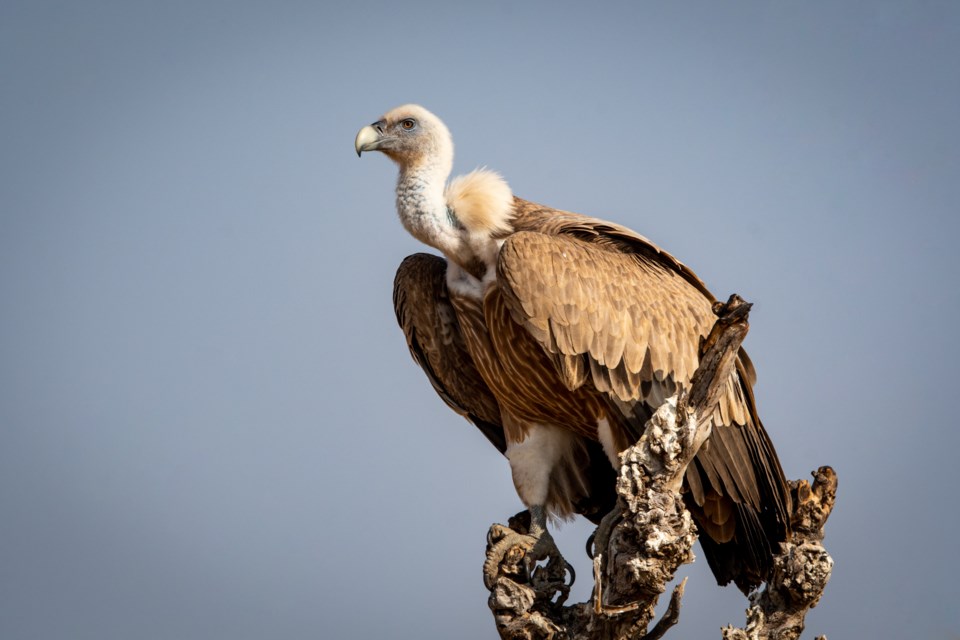As more and more bird species are threatened by extinction in today’s changing climate, the traits that make them unique are at risk of rapid disappearance.
A new study published in the journal Current Biology revealed that the loss of trait diversity in bird species is much greater than predicted by species loss alone.
“This means that ecosystems will lose unique functions and strategies at a greater rate than they will lose species,” co-author Emma Hughes said in an emailed statement.
To determine this, Hughes and her fellow researchers analyzed a set of continuous morphological traits from 8,455 bird species found in museum collections, the study states. Then, they methodically removed species in order from most to least at risk of extinction.
In their analysis, they found a pattern of homogenization that Hughes said could be shockingly widespread. If the planet’s most endangered bird species are lost, impacts could be felt throughout all bird species, most biomes and half of all ecoregions.
Based upon their findings, Hughes said the Himalayan uplands and lowlands contain the highest levels of homogenization, partly driven by its loss of vultures.
“Vultures, as large-bodied, obligate scavengers, fill distinct areas of morphospace,” Hughes said. “Vultures provide vital ecosystem services by removing decaying carcasses, which could otherwise increase the direct transmission of infectious diseases.”
It’s no surprise that these sizable vultures are among the most threatened, according to the study. Researchers found that birds with extreme features, such as the giant, flightless ostrich or tiny hummingbird, will likely be the first to go extinct.
As humans, it’s important to remember that the ramifications of this diversity loss will impact not only birds but also all those who depend upon the ecosystems these birds are a part of, Hughes said.
“Species extinctions will lead to a major loss of ecological strategies and functions, with important ramifications for humans as ecosystem services are lost; for example, seed dispersal [and] carrion removal,” she said.
Driven by human encroachment, climate change, hunting and habitat fragmentation, Hughes said humans can help limit this biodiversity loss by being mindful of their environmental impact.
She said her team hopes their findings help people understand how widespread the impacts of biodiversity loss could be and how many of these consequences for humans may still be unknown.
“The global extinction crisis doesn't just mean that we're losing species,” she said in a press release. “It means that we are losing unique traits and evolutionary history, including species that could confer unique benefits to humanity that are currently unknown.”


